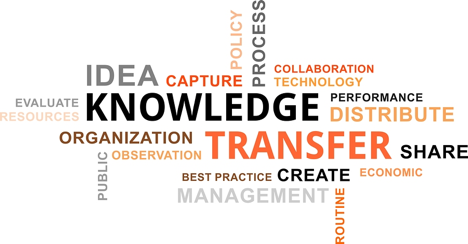


What does it mean to share: MITRE developers talk about the value of documentation
When you hear the word documentation, if the first image that pops into your head is the crummy user guide you just threw away, you are in for a surprise. In the hands of Alex Lyte, John Griffith, Tod Levitt, and Leo Obrst, documentation is an indispensable business...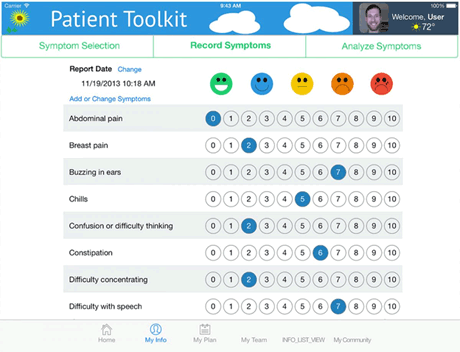
With Patient Toolkit, Sharing Improves Caring
MITRE’s Patient Toolkit mobile app enables chronically ill patients to better manage knowledge about their conditions, track their symptoms and medications, and communicate what they know to their healthcare providers. MITRE has a simple process to enable...
Using Immersive Visualization to Make Strategic Choices
Cognitive assistance isn’t mainstream yet, but decision support tools that enable decision-makers to understand tradeoffs in multiple dimensions are available. Shawn Chin and Rick Haberlin, who built one such tool, make the case that “engagement requires visualization...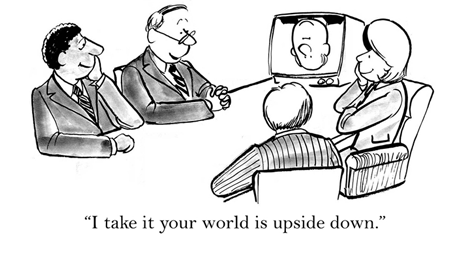
The Daily Standup
In Liz Hayes’s post about routine check-ins, seemingly simple collaboration processes and trust enable hard-working, distributed teams to succeed. —Editor Author: Liz HayesI joined a new project last summer, a Global Information System (GIS) effort run by Keith W....Your Guide to Connecting Projects, People, Content, and Partners
This guide describes and points to resources that help staff thrive in their assignments. It outlines the tools and systems in place for planning and execution, all in support of the way that MITRE does business. As staff enable reliable knowledge capture and reuse,...
Ending Isolation and Building a Unified Team Across Distributed Sites
As a workforce becomes increasingly distributed, it is more important than ever to facilitate, ensure, and capture collaboration in order to share knowledge effectively and efficiently; effective communication is essential to achieving business goals. As mobile...
Avoiding Single Points of Failure Through Knowledge Sharing
Knowledge management is all about making sure that all components of an organization, project, or task can work together regardless of staff rotation. We capture, store, share, analyze, and share some more precisely because who’s coming or going will change. Sadia...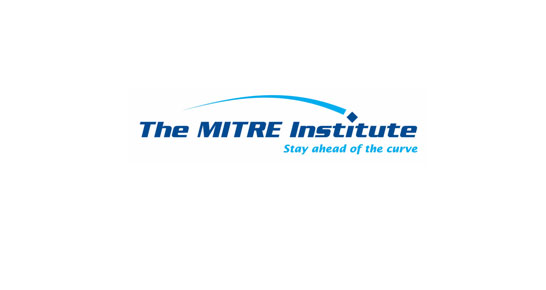
Do you MOOC? Could you? Would you gMOOC?
The phrase corporate training may sound like, well, school, but in the hands of Lara Van Nostrand, it is anything but. Her team sets up collaborative learning experiences that take advantage of online classes held elsewhere (e.g., Coursera), interactive survey...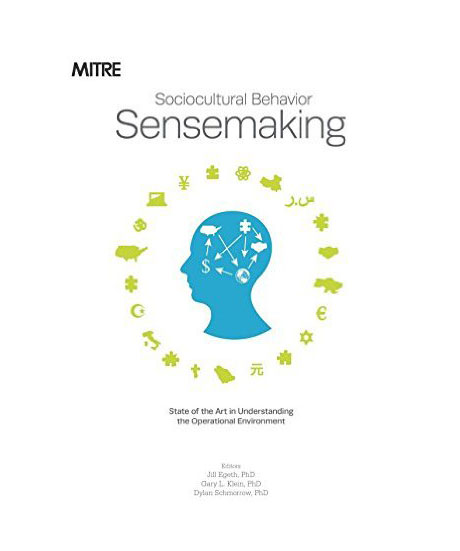
Recent MITRE publication, Sociocultural Behavior Sensemaking: State of the Art in Understanding the Operational Environment, Demonstrates Value of Collaborative Knowledge Management Practices
Recent MITRE publication, Sociocultural Behavior Sensemaking: State of the Art in Understanding the Operational Environment, Demonstrates Value of Collaborative Knowledge Management Practices Dr. David Foster, a social behavioral scientist at MITRE, faced a challenge...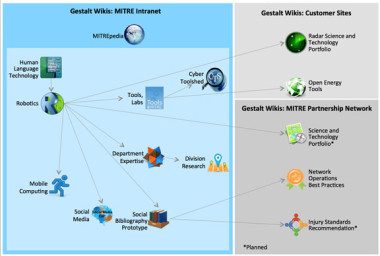
Gestalt Wikis at MITRE: Origins
Gestalt Wikis at MITRE: Origins
This blog post is the first of four in a series about Gestalt Wikis at MITRE. MITRE began using wikis on the corporate intranet in 2005 with the volunteer grassroots creation of MITREpedia. MITREpedia uses open source MediaWiki[1] as its underlying wiki software. The objective as stated in its Main Page was to capture information about MITRE “people, projects, organizations, customers, technology and more.”[2] In a recent conversation with its founder, Harry Sleeper, the motivation behind MITREpedia was elaborated as to provide a collaborative environment where staff could author linked narratives of well-formed, detailed knowledge about their work.
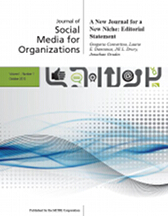
New Online Journal: “Social Media for Organizations”
With the popularity of social media in purely social contexts, I’ve been fascinated by the implications for using these tools for work-related purposes. In recent years, organizations of all types—whether they are industrial, academic, government, or non-profit—are increasingly turning to social media tools such as wikis, blogs, microblogs, and social networking for internal use. By doing so, they hope to enhance collaboration, streamline business processes, and improve relationships.
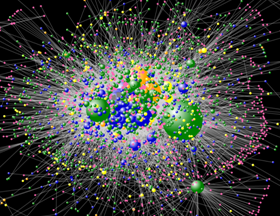
Enterprise Social, Five Years in
In 2009, “social” was still a buzzword, Facebook was years away from an IPO, and Instagram has not been invented. Yet a groundswell was beginning – people used to the ease of sharing in their online social networks came to their offices, only to find that exchanging information was difficult at best. Communications flowed from the top of the organizational hierarchy down, flooding the already overflowing email inboxes – while cross-organizational collaboration was severely impeded.
